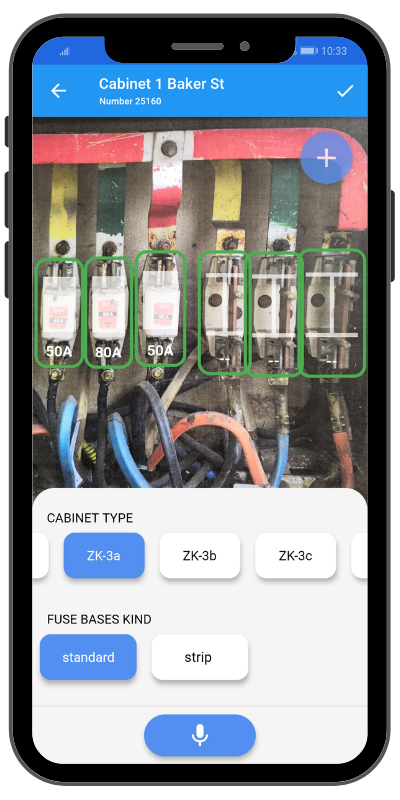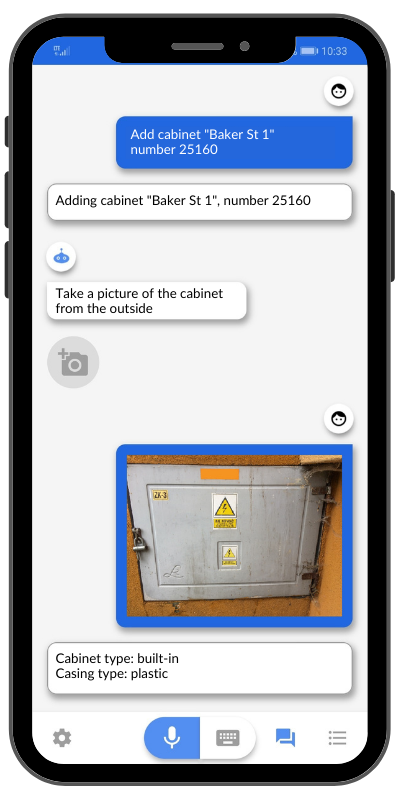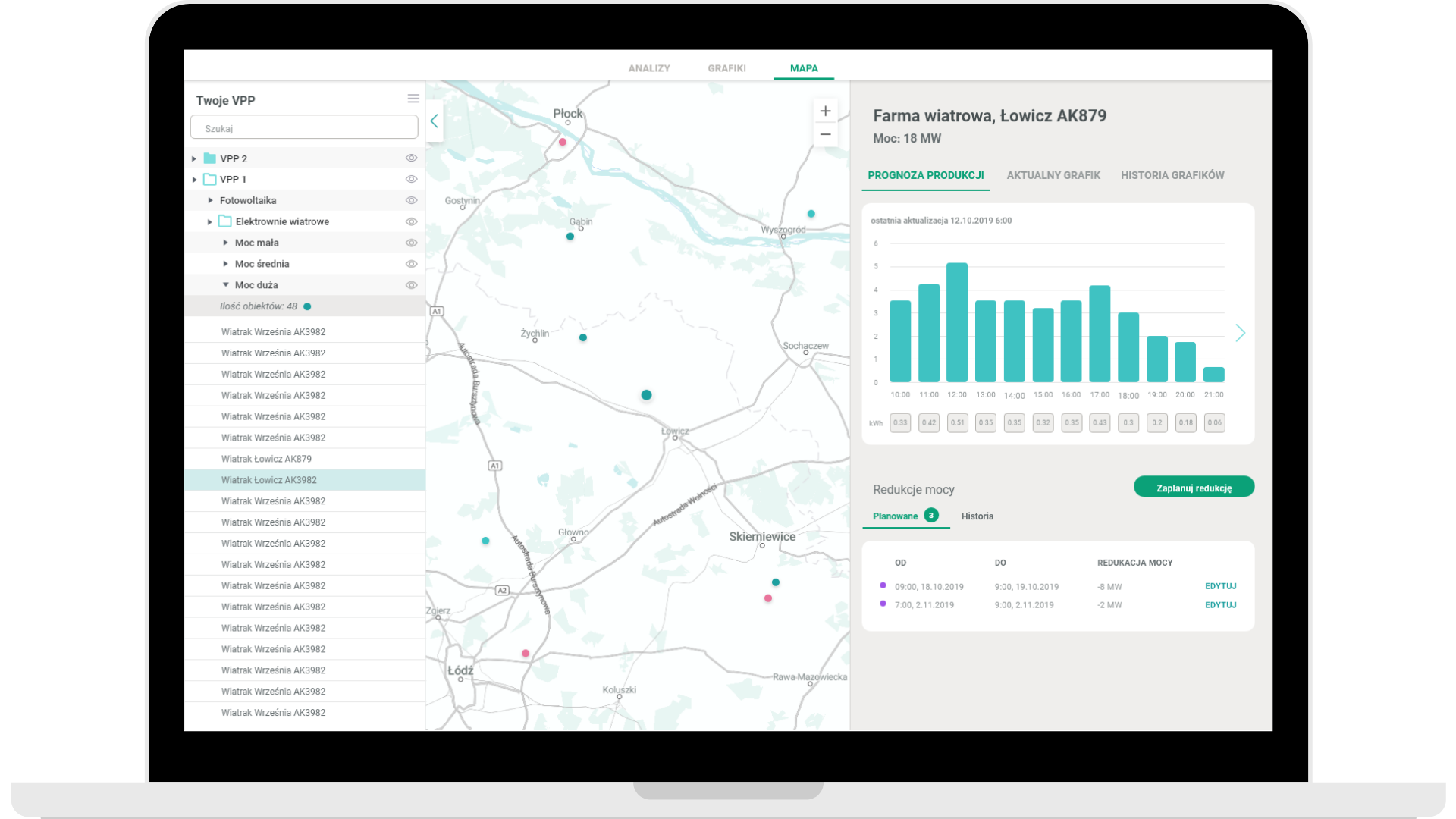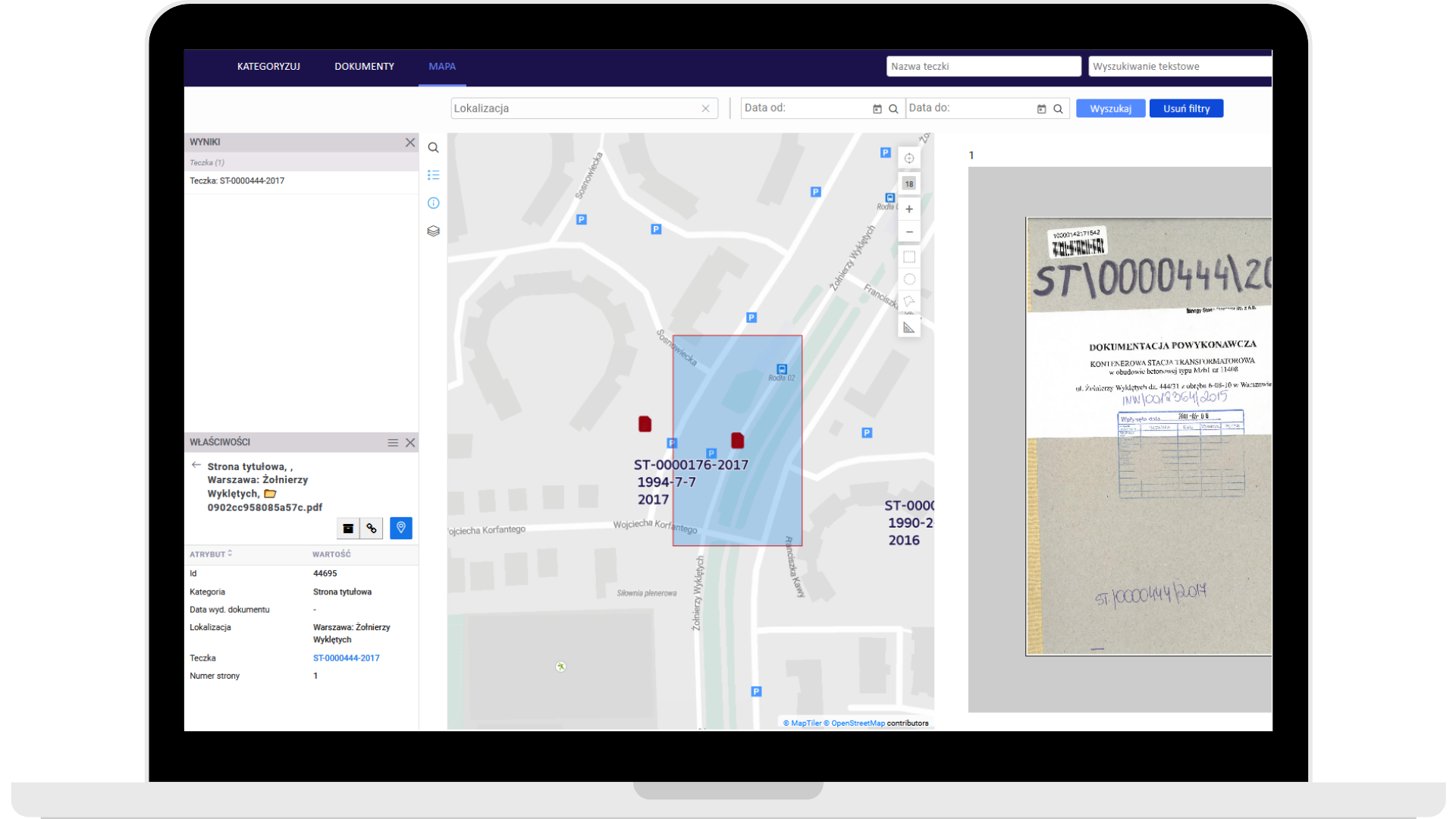Artificial Intelligence and
Use the hidden potential of your data and automate tedious business processes with AI/ML technologies
Do you struggle to effectively implement Artificial Intelligence?
Artificial Intelligence transforms the way organizations function all around the world and demand for this technology increases 40% each year. AI can be useful if you have a lot of data but you can’t use it to inform business decisions due to the high costs and laborious nature of analyzing it. This technology will help you tackle many repetitive and time-consuming tasks that can’t be replaced by classic programs based on algorithms. Many companies face the challenge of finding the right team with the technical skills necessary to leverage the potential of Artificial Intelligence and Machine Learning. That’s where Globema comes in to help implement solutions based on AI/ML technologies.
Areas of application
The potential of Artificial Intelligence is limitless and can be used to solve a variety of business problems. Our team will identify your organization’s needs and match the best solution from different areas of AI/ML.
Image recognition
If you often analyze visual data, this solution can be used to help identify, analyze, and classify data from pictures or videos. Features include picture classification, object detection, and text reading, also available in mobile and offline versions.
Natural Language Processing
If your goal is to analyze large amounts of customer data (including consumer opinions), improving the quality of user experience, or leveraging customer engagement and business efforts, this solution will be perfect for you.
Machine Learning
ML technology is great at solving complex problems, it collects and analyzes unstructured data and transforms them into valuable insights that improve the efficiency and profitability of your company.
Document analysis
AI allows for categorizing data based on document content. This solution is also used to search documents for key attributes, such as dates or locations (addresses, parcel numbers). Other functionalities are searching for, identifying, and defining the position of specific objects in a document. AI can also analyze measurement point tables (even if they are poor-quality) to extract coordinates. In the case of diagrams or maps, this solution can automatically detect text, making it easier to enter and verify data such as station and connector names, section parameters, or voltage levels and magnitudes.
Speech recognition and voice data entry
Speech recognition technology can create advanced chatbots and voice assistants. Our solutions are based on Google services and handle different languages. After you enter a voice command, you receive an answer from the right database. An example of voice data entry would be completing a digital form through speech. This technology recognizes synonyms and measurement units as well as different keywords spoken by the user. Applications can be activated with wake words, supporting hands-free voice commands.
Predictive Modelling and forecasting
This solution analyzes large amounts of data, transforming them into useful predictions that can be used to optimize business operations. An example would be forecasting based on weather data used to predict device malfunction, energy production from renewable resources, or demand for energy or other commodities.
Our AI development process with business value in mind
There are two stages of project implementation. We start with verifying the business hypothesis through data analysis to prepare a business justification report for production implementation. Based on these results, you can make a well-informed decision before proceeding with stage two.

Stage one: verifying the business hypothesis
Stage two: production implementation

Globema specializations
Predictions based on weather forecasts
forecasting energy production from renewable resources, energy demand, energy flow in network nodes, and other circumstances dependent on the weather
Intelligent document processing
document categorization, extraction/indexation, reading diagrams, extracting attributes, and geolocation
Multi-source geospatial analyses and location-based services
with synthetic management data delivery
Methods and tools for voice data collection
such as a voice assistant and collection of data from images (photos, videos)
Solutions for intelligent networks
network operation simulation, prediction, and optimization
Object recognition in images and videos
including satellite/aerial images
Predictive maintenance
finding devices for inspection and replacement based on historical measurement and malfunction data
Planning optimal routes
considering driving time, saving gas or electricity, unloading order, etc.
What will you get?
Fast business value verification of your historic data, recommendations about future data collection for building effective AI models, and business justification for implementing target AI/ML solutions.
Improved business process performance through implementing AI/ML model solutions that save time and financial resources, minimize risks, and improve your service quality.
What are the benefits of collaborating with us?
We have the Research and Development Center status granted by the Ministry of Development and our team consists of analysts, data scientists, and IT specialists.
- PROGO – area-based forecasting of energy production from renewable energy sources, including production impact on network nodes
- SORAL – a system for condition monitoring and failure risk assessment of MV cable lines based on diagnostic tests in an offline environment
- ESRS – intelligent system for LV network reconfiguration in an emergency state and normal state. Includes a system for engineer service support
- ElGrid 2020 – a tool that (R)evolutionizes the forecasting and optimizing of power and distribution networks

We are in close partnership with the Interdisciplinary Centre for Mathematical and Computational Modelling at the University of Warsaw, Warsaw University of Technology, and Lodz University of Technology.

- 4RES – service for automated renewable energy production forecasts for wholesale energy trade and controlling the impact of production on the power grid
- Low-voltage Topology – mobile application for low-voltage network inventory using voice and image recognition
- LocDoc – spatial document database based on the automated categorization of technical documentation
- Smart Forms – solution that supports efficient acquiring of specialized data and location information, using voice and image, and resulting in improved fieldwork reporting.
We’re trusted by




Use professional services of implementing Artificial Intelligence and Machine Learning solutions
1. Sign up for a presentation and initial workshop
Discuss the business hypothesis, the initial review of data sources, and the business justification analysis stage.
2. Request a business justification analysis report
Data analysis, initial models, and preparation of the business justification report.
3. Sign the contract for the target implementation
Production launch of the system, periodic inspections, and model optimization.






